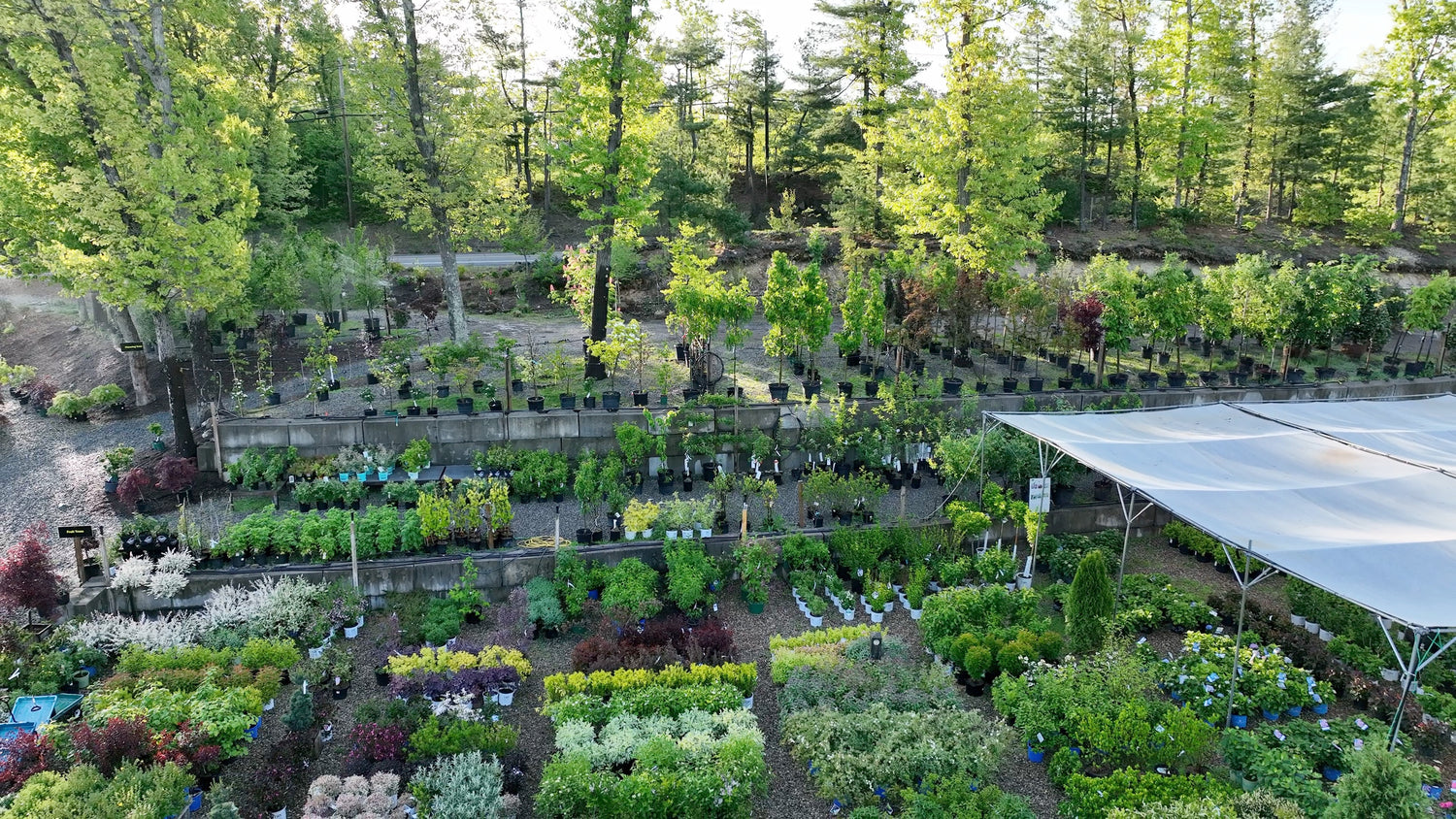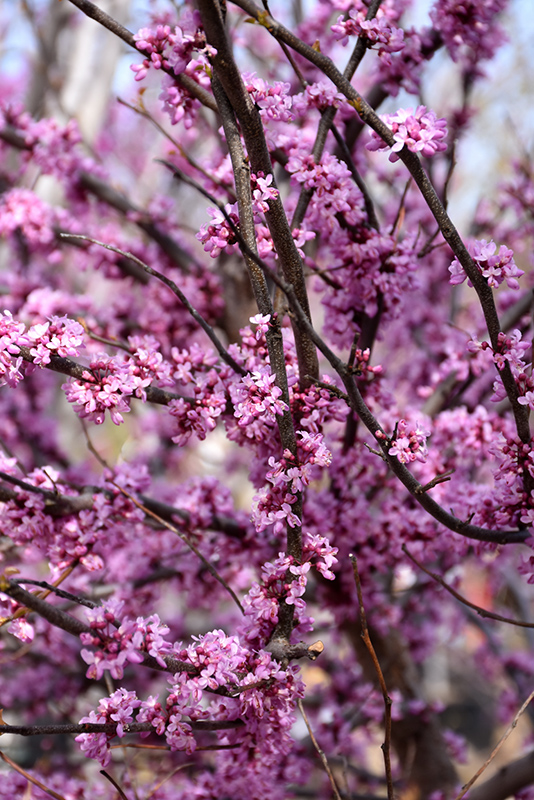Plant Guide
Ace Of Hearts Redbud
Cercis canadensis 'Ace Of Hearts'
Height: 12 feet
Spread: 15 feet
Sunlight:
![]()
![]()
Hardiness Zone: 4b
Other Names: Eastern Redbud, Judas Tree, Love Tree
Description:
A spectacular spring-blooming accent tree with beautiful reddish pink flowers in early spring, followed by papery, ovate gray-green leaves; adaptable to a variety of soil conditions; older dark brown bark exfoliates to reveal orangish inner bark
Ornamental Features
Ace Of Hearts Redbud has pink pea-like flowers along the branches from early to mid spring, which emerge from distinctive rose flower buds before the leaves. It has grayish green deciduous foliage. The oval leaves turn yellow in fall.
Landscape Attributes
Ace Of Hearts Redbud is a multi-stemmed deciduous shrub with an upright spreading habit of growth. Its average texture blends into the landscape, but can be balanced by one or two finer or coarser trees or shrubs for an effective composition.
This is a relatively low maintenance shrub, and should only be pruned after flowering to avoid removing any of the current season's flowers. Deer don't particularly care for this plant and will usually leave it alone in favor of tastier treats. Gardeners should be aware of the following characteristic(s) that may warrant special consideration;
- Disease
Ace Of Hearts Redbud is recommended for the following landscape applications;
- Accent
- Mass Planting
- General Garden Use
Planting & Growing
Ace Of Hearts Redbud will grow to be about 12 feet tall at maturity, with a spread of 15 feet. It has a low canopy with a typical clearance of 3 feet from the ground, and is suitable for planting under power lines. It grows at a medium rate, and under ideal conditions can be expected to live for 60 years or more.
This shrub does best in full sun to partial shade. It prefers to grow in average to moist conditions, and shouldn't be allowed to dry out. It is not particular as to soil type or pH. It is highly tolerant of urban pollution and will even thrive in inner city environments, and will benefit from being planted in a relatively sheltered location. Consider applying a thick mulch around the root zone in winter to protect it in exposed locations or colder microclimates. This is a selection of a native North American species.




